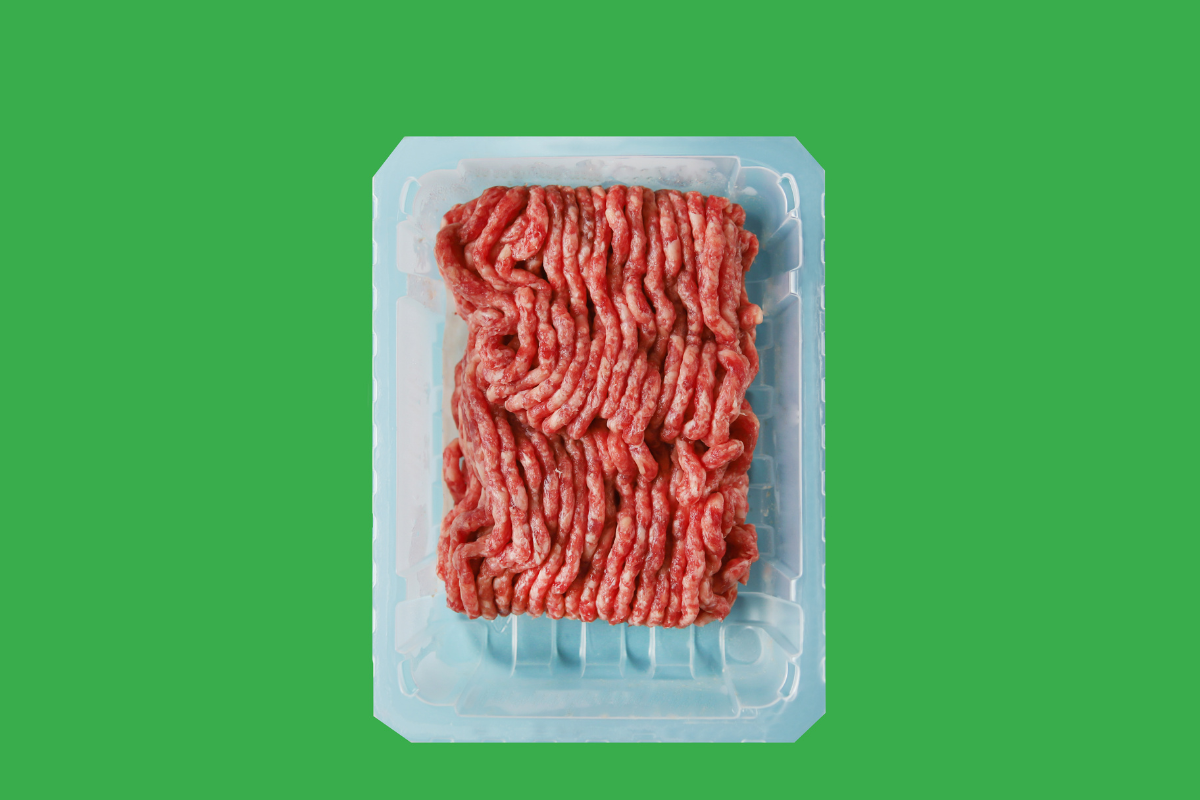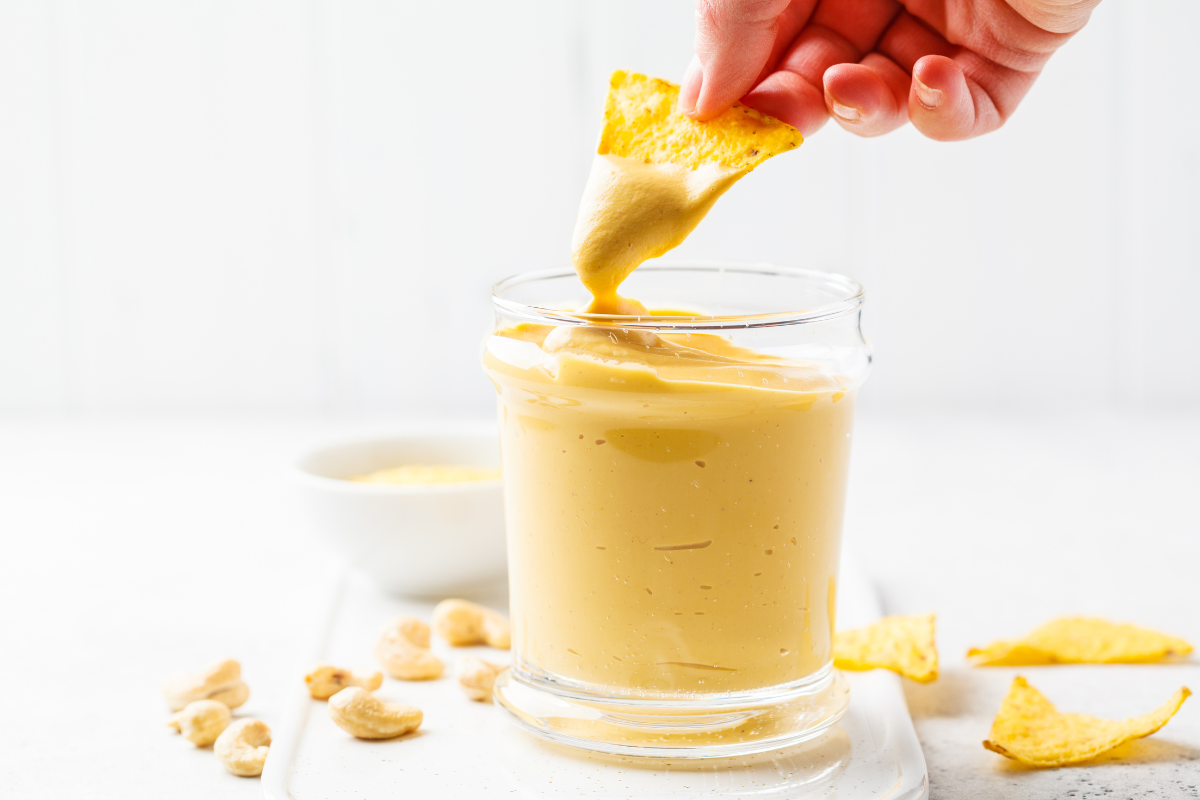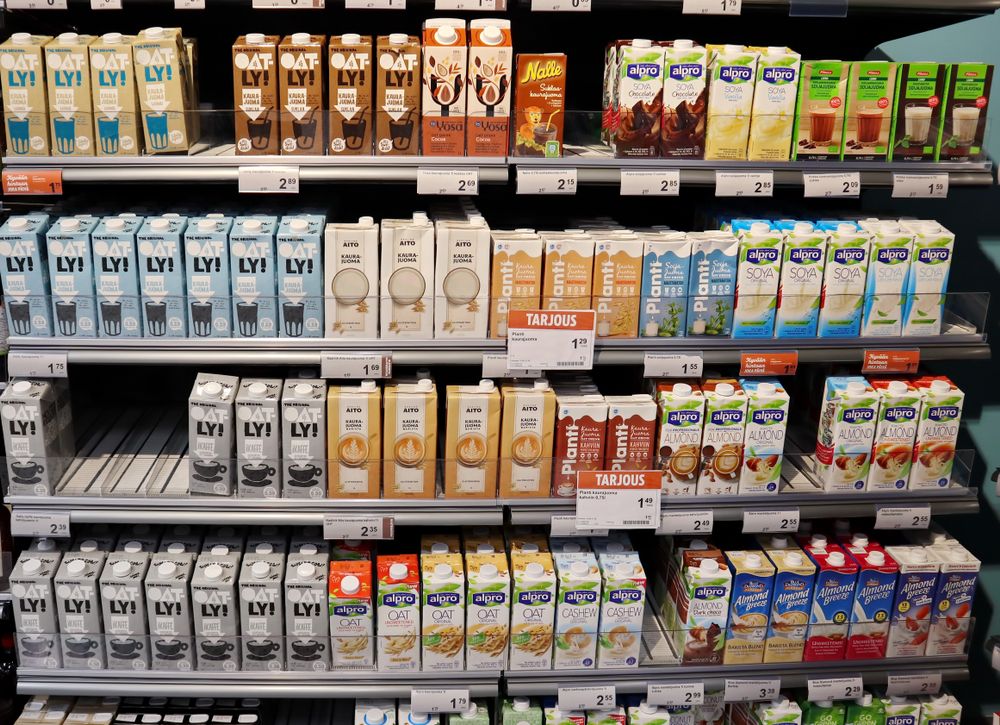Proposed Changes to School Meals and Their Impact on Plant-Based Options
In February 2023, the USDA issued proposed changes to the regulations around the nutrient composition of school meals. Child Nutrition Programs: Revisions to Meal Patterns Consistent with the 2020 Dietary Guidelines for Americans outlines changes in several key areas to help better align meals in schools with the most widely accepted US dietary recommendations. The proposal is open for public comments until April 10, 2023 and changes are scheduled to be implemented for the 2025-2026 and 2026-2027 school years.
Here is a look at the proposed changes and their possible impact on plant-based options in schools:
Added sugars: Currently, sugars are not limited as long as sugar-containing items fit into established calorie caps for the total meal. The proposed changes will place limits on the amount of sugar in leading sources of added sugars in school meals, namely grain-based desserts, breakfast cereals, yogurts, and flavored milks. USDA hopes that limiting added sugars will incentivize manufacturers to develop products with less added sugar.
Data from Innova Market Insights show that sugar-related claims, led by a no added sugar claim, currently are among the top claims on plant-based products. Products with a plant-based or vegan claim tend to be less sweet than their conventional counterparts. Additionally, manufacturers of plant-based sweetened products often use alternate natural sweeteners such as stevia and monk fruit and naturally sweet ingredients derived from fruit. Use of the rare sugar allulose also is growing.
Milk: Proposed changes to milk regulations focus on placing limitations on the provision of flavored milk because flavored milks typically contain added sugars. The USDA doesn’t address milk alternatives and seeks feedback from school districts that offer them under the current milk substitute process requiring that nondairy beverages offered as fluid milk substitutes be nutritionally equivalent to the protein, vitamin, and mineral content of fluid cows milk. California recently became the first state to fund plant-based products in schools; it is expected that California schools are sharing with USDA their experience with plant-based milk alternatives.
Whole grains: Current whole grain regulations require that at least 80 percent of the weekly grains offered in the school lunch and breakfast programs be whole grain-rich, defined as containing at least 50% whole grain ingredients. Two rules are being considered. The first would maintain the current regulation while the second would require whole grain-rich products four out of five school days and allow enriched, non-whole grain products one day a week.
A high proportion of grain-based foods are made only with ingredients of plant origin, so this regulation has only minimal impact on plant-based declarations.
Sodium: Current regulations require school breakfasts to meet transitional sodium limits of no more than 640 mg per weekly meal average for high school students, with lower limits for children in elementary and middle school. Sodium limits for school lunches are being phased in with one set of average weekly meal limits in effect as of July 2022 and a more stringent set of limits in effect starting July 2023. The new regulations propose to require additional 10% drops in sodium limits for lunch beginning in school years 2025, 2027, and 2029 for breakfast beginning in school years 2025 and 2027. USDA hopes that the phased schedule will allow manufacturers enough time to reformulate their products.
In 2022, plant-based burger alternatives contained approximately 300-600 mg sodium, depending on the brand and serving size. Products with higher sodium levels could push a meal well above the average sodium limit, depending on sodium content of other meal components. Innovation in product formulations, along with wider use of global salt-free seasoning combinations and incorporation of flavorful, naturally lower-sodium ingredients and meal components, will enable manufacturers to comply with the more stringent requirements.
Nuts and seeds: In some situations, nut and seed butters are counted as only 50% of the meat/meat alternate component of the meal and must be served with another meat or meat alternate in order to be counted as a full meal. The new regulation proposes to allow nuts and seeds to be credited for a full portion of meat/meat alternate.
Competitive foods and “smart snacks”: Competitive foods and smart snacks are foods that are sold on the school campus but are not part of school meals. They are subject to limitations on calories, fat, saturated fat, total sugars, and sodium. Proposed regulations would exempt hummus from fat limitations of no more than 35% of total calories but would continue to limit its saturated fat to no more than 10% of total calories. The sesame paste and/or olive oil in hummus can push up the percentage of calories from fat; the new regulation would acknowledge that hummus is a wholesome, nutrient-dense food option despite the amount of fat.
Language changes: Proposed changes include referring to meat/meat alternatives as protein sources, to better reflect the variety of foods that can be offered within this meal component, including cheese, yogurt, eggs, tofu and soy products, nuts and seeds, and beans, peas, and lentils, in addition to meat products.
What’s next: Some school systems, like California and New York, embrace plant-based alternatives in school meals. New York City schools offer Plant-Powered Fridays with plant-based menu offerings often prepared from scratch in school kitchens. Foodservice provider Chartwells K-12 recently introduced its Veg-Out plant-based concept into school districts nationwide, with more than 100 options for children who are vegetarian, vegan, flexitarian, plant-centric, or interested in trying different types of dishes. Other districts seek to limit plant-based options. A proposal brought before the Iowa State Legislature that would have banned meat and egg substitutes from school meals also brought up the importance of accurate labeling of meat alternative products.





